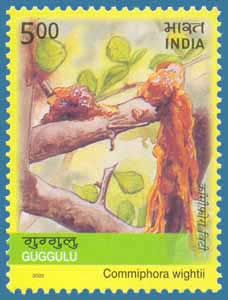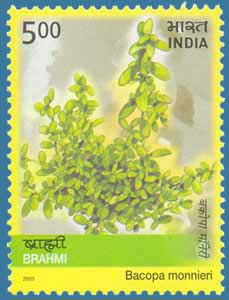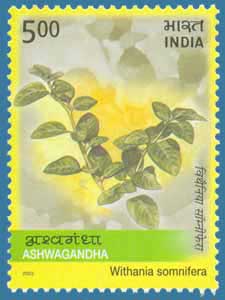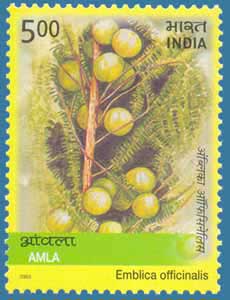
MEDICINAL PLANTS OF INDIA
Underlying the medical culture of India - both folk traditions as well as codified knowledge systems - is a deep understanding of the medicinal value of plants. Starting with the references in the Atharva Veda, we have textual evidence of a tradition of use of medicinal plants that is more than three thousand years old.
It is estimated that about 80,000 species of plants are utilized by the different systems of Indian medicine. The indigenous knowledge about plants and plant products is rather detailed and sophisticated, and has evolved into a separate shastra (branch of learning) itself, called Dravya Guna Shastra. Plants have been studied on the basis of clearly defined biological parameters like rasa (taste), vipaka (metabolic property), guna (quality), prabhava (biological effect) and virya (potency). The codified traditions have about 25,000 plant drug formulations that have emerged from such studies. In addition to this, over 50,000 formulations are believed to be existing in the folk and tribal traditions. All these point to the deep passion for and exhaustive knowledge about medicinal plants that have existed in this land from time immemorial.
Continuing with the series that began on 28th October 1997, the Department of Posts now brings out another set of four stamps on the medicinal plants of India. The stamps featuring in this set are on Guggulu (Commiphora wightii), Brahmi (Bacopa monnieri), Aswagandha (Withania somnifera) and Amla (Emblica officinallis).

Guggulu (Commiphora wightii) is an armed shrub or small tree found in the arid and semi-arid zones of India, particularly Rajasthan. The oleo gum resin from its stem constitutes an important therapeutic agent used in the treatment of various categories of ailments like neurological conditions, leprosy, skin diseases, heart ailments, cerebro vascular diseases and hypertension.

Brahmi (Bacopa monnieri) is a herb that spreads on ground, having fleshy stems and leaves. It is found in moist or wet places in all parts of India. Brahmi is useful for treating the diseases of the brain and to improve memory power. Brahmi-formulations are prescribed in rheumatism, mental disorders, constipation and bronchitis. It is also a diuretic.

Ashwagandha (Withania somnifera) is a small or medium sized shrub found in the drier parts of India. It is a nervine tonic, anabolic and aphrodisiac. It is used also to treat general weakness and rheumatism.

Amla (Emblica officinallis) is a medium sized deciduous tree found throughout India. It yields a globose pale yellow fruit known for its varied medicinal properties. It is regarded as an astringent, digestive, carminative, laxative, anti-pyretic and tonic. It is prescribed in colics, jaundice, hemorrhages, flatulence and many other disorders.
Date of Issue: 7.4.2003